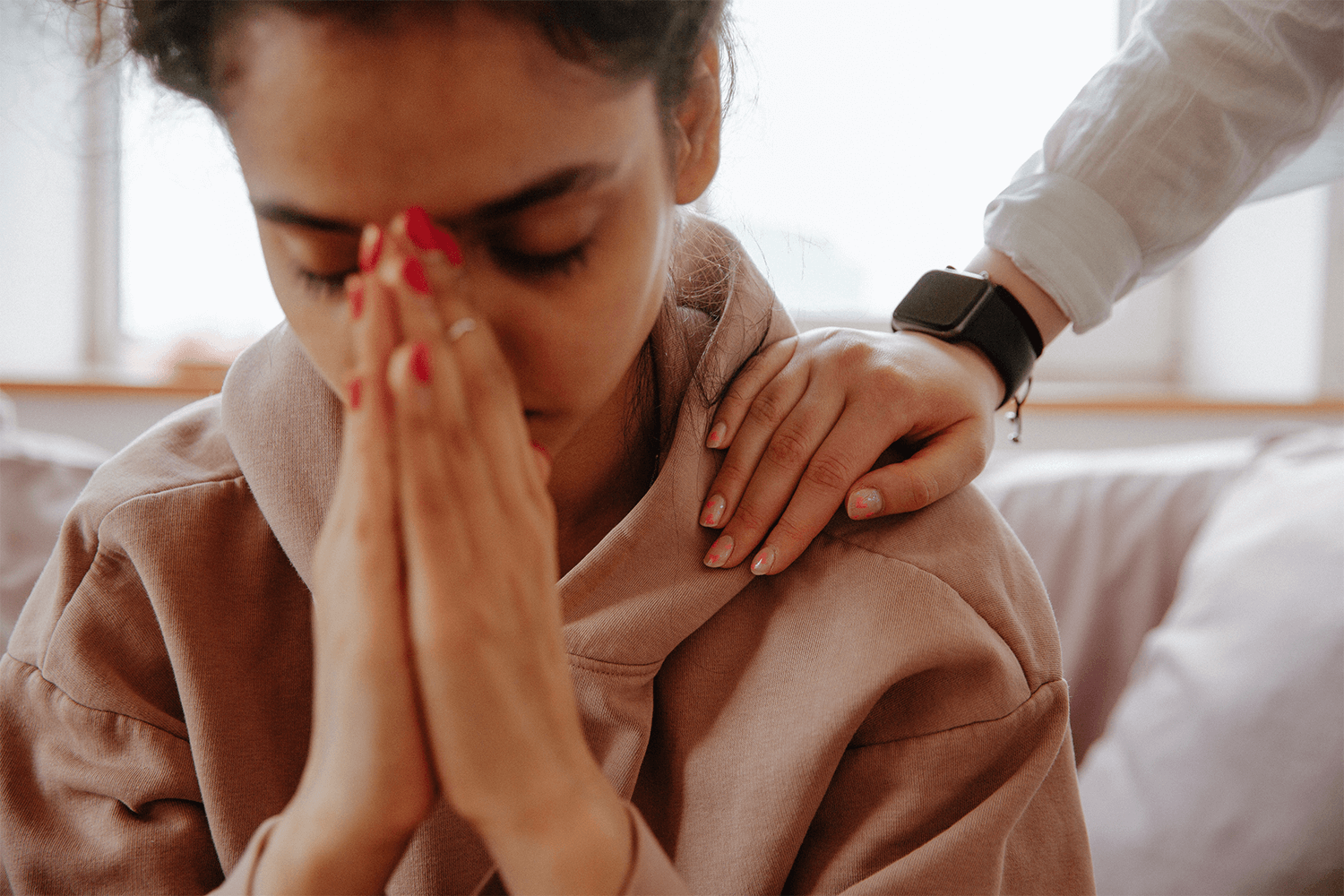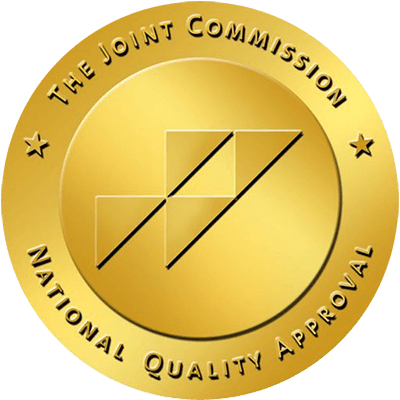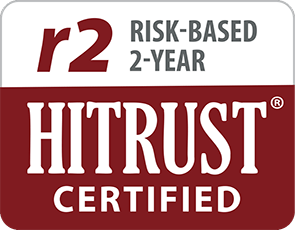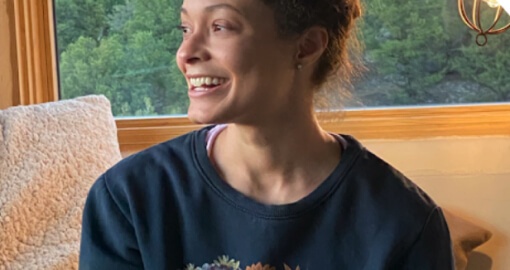Written by Shannon,
Brightside Health
8 Minute Read

Medically reviewed by:
Jen Miller, PMHNP-BC
PMHNP Director
10 Minute Read

As one of the most common mental health conditions, over 20 million Americans are living with depression. It’s more than just “feeling sad” — it’s a complex presentation of many symptoms that everyone experiences differently and are never the fault of the person they are affecting.
Let’s break down the common misconceptions and talk about what depression really feels like, as well as some effective ways to get you back to feeling like you.
What Depression Feels and Looks Like
Major depressive disorder is a mood disorder that’s related to a persistent feeling of sadness and loss of interest. Depression isn’t something you can just snap out of when you feel like it.
Thankfully, depression is highly treatable with therapy, medication, or a combination of both.
Following proper treatment will help individuals feel better and learn skills to help them feel better over time.
Common symptoms of depression include:
- Feelings of sadness, emptiness, hopelessness
- Angry outbursts and irritability
- Loss of interest or pleasure in most activities
- Fatigue
- Anxiety or restlessness
- Trouble concentrating
- Sleep disturbances
- Frequent thoughts or attempts of self-harm
- Reduced appetite
While it’s entirely normal to experience these symptoms every now and then, these must significantly interfere with your everyday life to be categorized as a depressive disorder. To be diagnosed with depression, the symptoms must last for over two weeks.
For many people with depression, completing simple tasks such as getting out of bed, brushing their teeth, or having a meal can feel impossible. A lot of people describe depression as a heaviness they feel in their body that makes them want to stay in bed or lie on the couch.
Depression can also be accompanied by something called anhedonia, which is essentially a loss of the ability to experience feelings of joy or happiness, and this is particularly common when depression is caused by a traumatic experience like the loss of a loved one. People experiencing this often no longer want to do activities they once enjoyed, though they may be able to get through their day to day function easier as they go on a sort of autopilot.
Some people with depression describe it as more of a “helplessness” rather than a sadness, where they don’t quite know what to do next. They don’t exactly feel like they actually want anything, but they may go through the motions for the sake of not staying still.
Depression can feel like a lot of things because everyone’s experience is different, but the common denominators are usually a feeling of emptiness, feeling a lack of want or lack of will to do anything, or sometimes, just a numb feeling where you don’t quite know what you feel at all.
The number one thing to remember about depression is that it is never your fault for feeling those emotions, and you should never feel ashamed. Many people experience depressive symptoms differently, so don’t feel guilty for being unable to “snap out of it.”
Treatments for Depression
If your feelings of hopelessness and despair are impacting your daily life, it may be time to seek professional help. The good news is that depression is a highly treatable mental illness. The hardest part is taking the first steps towards seeking help.
Psychotherapy
Therapy alone can be an effective treatment to help people with depression. There are a number of different therapeutic techniques and practices. However, cognitive-behavioral therapy (CBT) is backed by science and is shown to be the most effective.
CBT is based on the thinking that depression stems from three forms of negative thinking known as the cognitive triad. It involves helping patients understand the connection between their thoughts, feelings, and behaviors.
CBD involves the therapist guiding their patients through strategies that can counteract negative thinking patterns. Therapists can also help patients learn and develop strategies like mindfulness to help them cope more effectively with their emotions.
Therapy can be as long of a commitment as you’d like it to be. Psychotherapeutic programs are designed to work at your own pace on your own terms. However, CBT has a time frame to help you meet your goals and feel better faster.
Here at Brightside, our therapy program is action-oriented and designed to help people feel better in about 12 weeks, depending on the patient’s treatment goals.
Medication
Therapy alone may be enough for some people to effectively reduce their depressive symptoms. However, antidepressants are another option at your disposal. Antidepressants aim to relieve symptoms of depression and prevent the disorder from coming back.
Common antidepressants are classified as SSRIs or SNRIs Serotonin is an important neurotransmitter that helps regulate things like mood, sleep, and emotion. When you take an SSRI, the absorption of serotonin back into your brain’s neurons is inhibited, therefore making it more abundant.
There is a lot of hesitation and misunderstanding surrounding medications as a treatment for mental illness. It’s important to remember that antidepressants will not alter any of the good things about you, they work by helping you return to your normal level of functioning before depression. In fact, medication alone has shown to improve the symptoms of 40-60% of patients after six to eight weeks.
If you think that antidepressants may be something you’re interested in trying, take our free assessment to speak with an expert psychiatric provider who can help develop a personalized treatment plan for your unique needs.
Combination Treatments
While both therapy and medication can work to help with depression on their own, they are most effective when used together. Combined treatments offer up to 60% better chance of recovery compared to using just one treatment alone.
Research suggests that its benefits aren’t associated with the severity of the illness, and should therefore be used more often in clinical practices for less severe cases.
Tips for Managing Symptoms of Depression
Depression is not a choice and it’s not something that can be easily overcome without professional assistance. However, you may be able to find some relief from occasional symptoms of depression by practicing self-care and healthy lifestyle habits.
Keep in mind that these may not work for everyone, and these are not meant to be treatment methods on their own. Do what makes you feel comfortable, and helps with your individual symptoms.
Exercise
The benefits of exercise are far-reaching for your physical health, but it can do some amazing things for your mental health as well. When you exercise you release endorphins that can improve your mood and enhance your sense of wellbeing. Similarly, you can increase the availability of neurotransmitters that might otherwise become impaired by depression.
Getting Adequate Sleep
Following a healthy sleeping schedule is essential for our physical and mental well being, concentration, and mental acuity
Practice Gratitude
When you’re depressed, it can be hard to find joy and pleasure in things that once made you feel great. If you have the strength for it, try opening a journal or notebook and keep a list of things that shed some light on your day.
Seeking Supporting
Reach out for support from those who make you feel safe and cared for. While the person you talk to doesn’t have to provide solutions, they can be a good listener — someone who’ll listen attentively without judgement.
These can be extremely simple things, like the color of your bed sheets or your favorite smelling candle. Write down some things that you’re thankful for, and you may soon find that a shifted perspective has helped improve your mood. Then, if you’re ever feeling down again, you can open up your notebook and remind yourself of the things you love.
In Summary
Depression is a mood disorder characterized by lack of pleasure, feelings of hopelessness, fatigue, and more. It’s a lot more complicated than just “feeling sad” and it’s not something that you can just flick on and off like a switch.
Therapy is one of the best solutions for depression, as it will allow you to analyze maladaptive thinking and change your perspective. You may also try using medication, which is another effective treatment method.
However, utilizing both evidence-based therapy and medication in a combination treatment is most effective. This will enhance the positive aspects of both practices, allowing you to feel better faster, and stay that way.
Although they are not treatments on their own, self-care practices such as exercising and keeping a gratitude journal may be able to help reduce depressive symptoms when they arise, and can complement treatment with medication and therapy.
Taking the first steps towards treatment is the hardest part, but we’re here for you every step of the way.
Click here to see what Brightside’s remote mental health services can do for you.
Sources:
Major Depression – Harvard Health
Cognitive Behavioral Therapy – Simply Psychology
Depression: How effective are antidepressants? – InformedHealth.org – NCBI Bookshelf



















